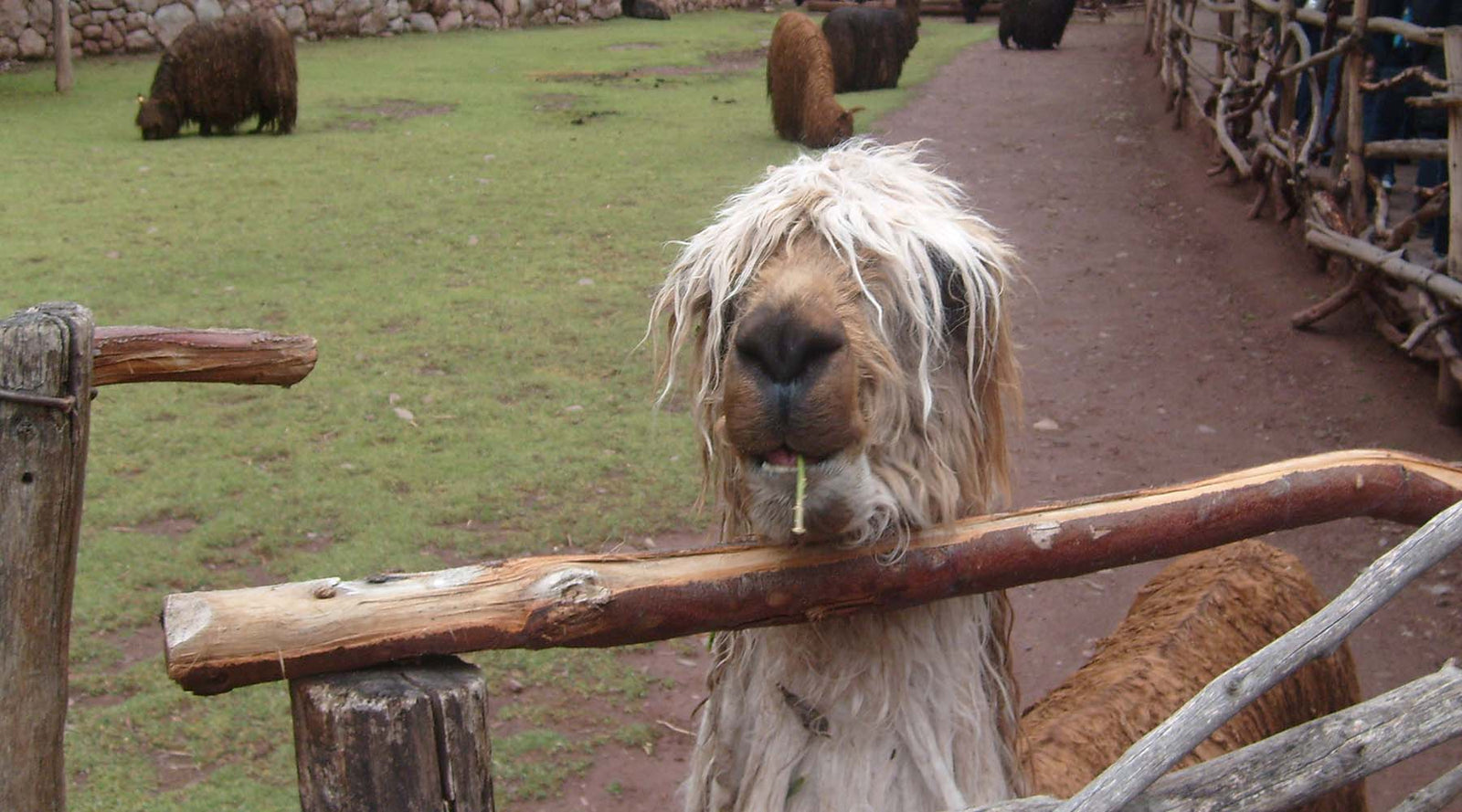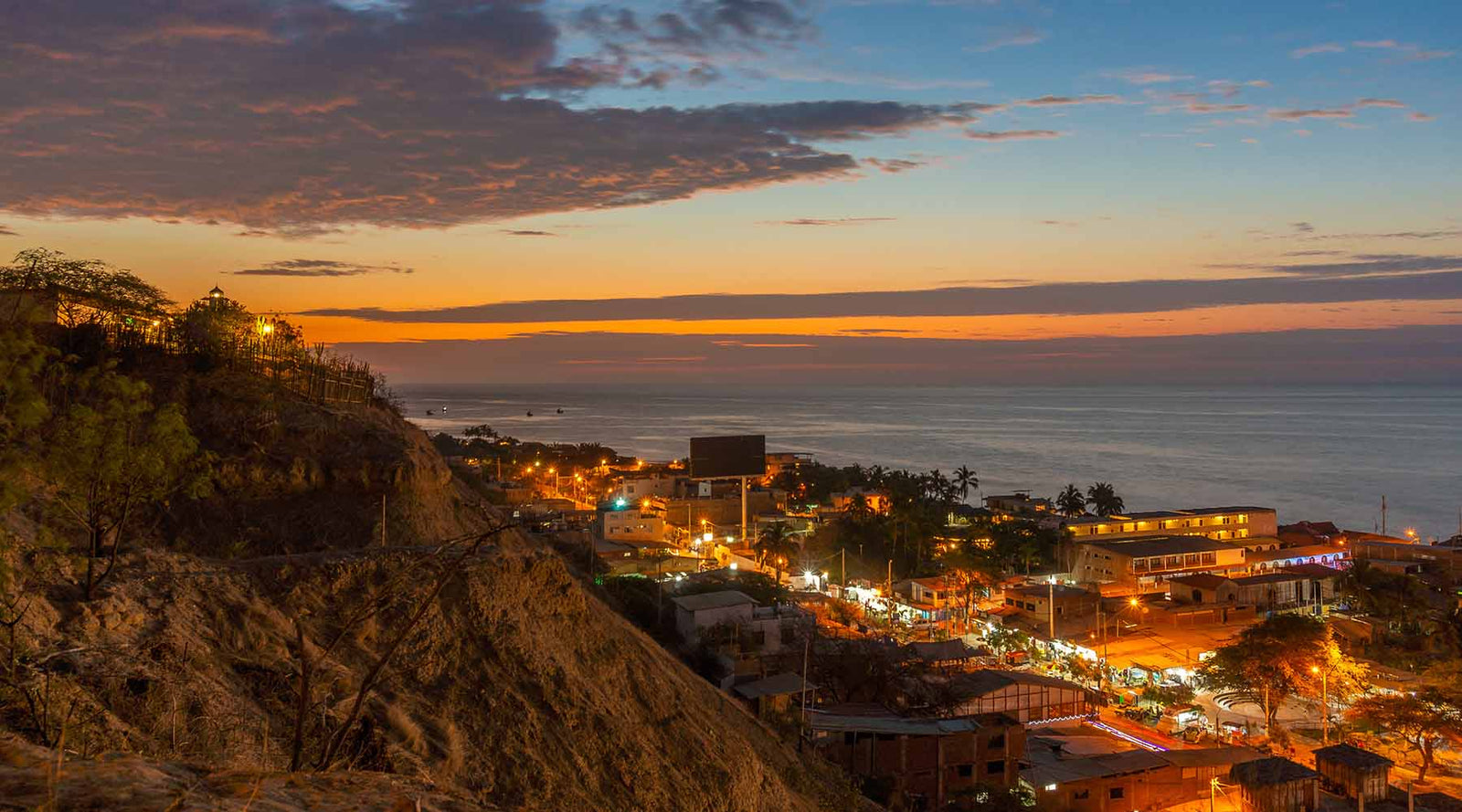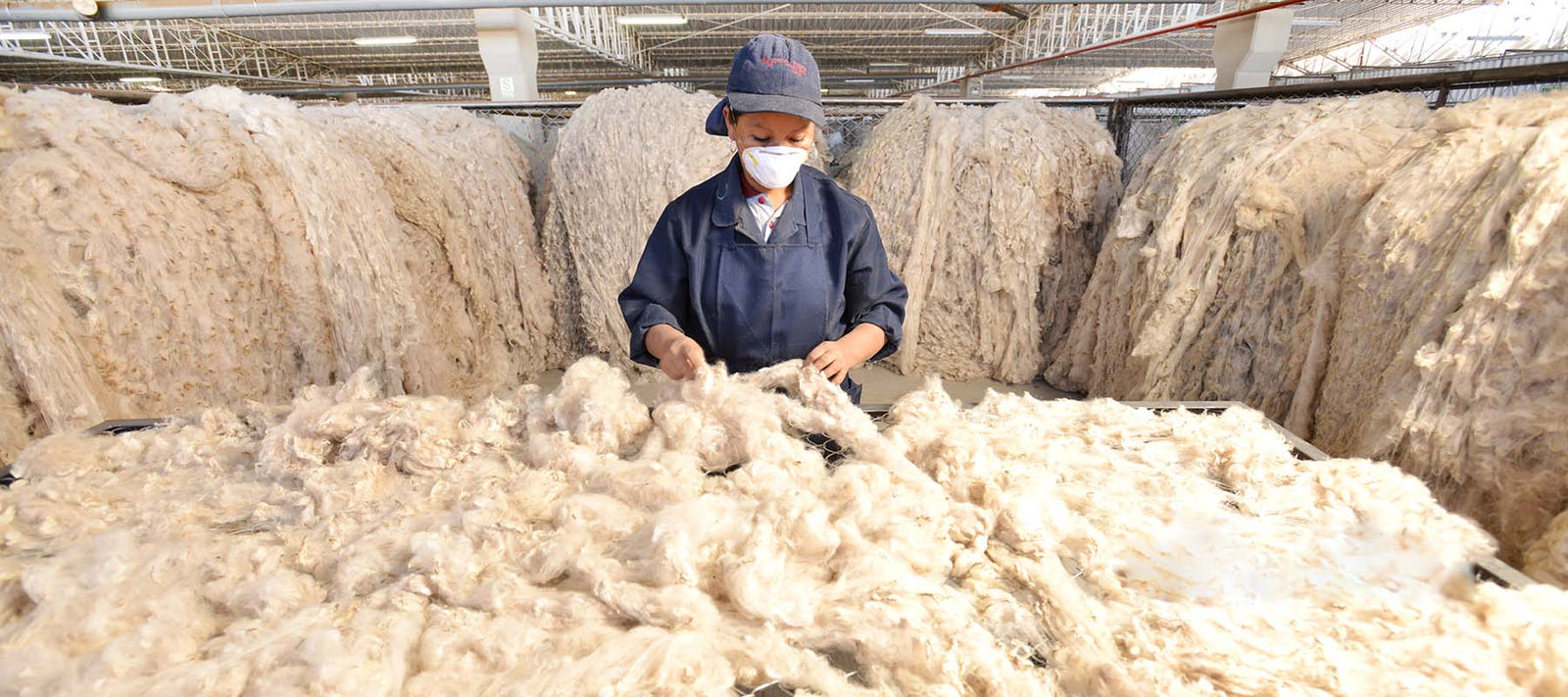Llamas and alpacas, you have heard about them for sure. The emblematic Andean camelids, together with the vicunas and guanacos, are becoming more popular all over the world.
To start, who is who, and why are they so important to us?
Each of them has different varieties, but let’s keep it simple.
Most people know little about the last two mentioned above, the vicunas and guanacos. Why? Because they are wild animals. Its fiber can be pretty expensive not only because it is fine but also because it is harder to get.
To shear vicunas, for example, a traditional ritual called Chaku is performed. During this ceremony, the village inhabitants go around the vicunas to gather them all together into a farmyard to finally shear them and release them afterward.
Back to llamas and alpacas. These are better known because they are domesticated.
They have been present in our culture since ancient times. Art manifestations such as pottery show these animals as part of the diary lifestyle of locals.
Hard to distinguish sometimes, we can say, in general, that llamas are bigger. They have long necks and legs, pointed ears, and elongated noses; while alpacas are chubby with shorter legs, ears, and flat noses.
Focusing on alpacas, we have two types. The alpaca Huacaya, whose fluffy wool makes it look like a sheep; and the alpaca Suri, with curlier hair that looks like dreadlocks.

However, the difference for locals goes further. Llamas are mostly cargo animals while alpacas are mainly used for their fur.
Being one of the finest fibers in the world, alpaca wool is very well appreciated everywhere. This, of course, represents a significant income for locals. Not mentioning its non-cholesterol and high-protein meat, and its manure used as fertilizer and fuel.
Having around the 87% of the alpaca world population, its breeding is the first cattle activity in the Peruvian highlands, representing 80% of the local income. This economic activity is so important that we even celebrate “The National Day of the Alpaca”.
But this is more than a business, it is a family tradition. The native communities living at more than 4000 meters of elevation, where the conditions are ideal for breeding, preserve this Incan legacy, improved over the years.
This is also a family activity motivating all members to participate. From the shearing, going through the natural dyeing process, the spinning of wools, and the elaboration of fabrics with ancestral techniques.

What better way to experience the softness of the alpaca fibers than Classy? Feel the fibers of Peru on your skin by wearing the fine and beautiful Classy’s knitwear!
Sincerely yours,
Ara




